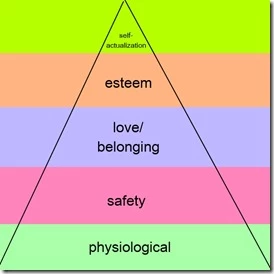Copyright © 2009 - 2025 - All Rights Reserved
Social Work Test Prep, LLC Pass the social work licensing exam with realistic practice. Full-length SWTP practice tests have helped thousands of social workers prepare for the ASWB Bachelors, Masters, Advanced Generalist, and Clinical exams. You’re next! Pass the LCSW, LMSW, LICSW, LGSW, or LSW exam. Connect with a study group or get tutoring from an experienced social work tutor. Free practice test and study guide with sign-up. All SWTP content is reviewed by licensed social workers. Meet the team. Get practice, get licensed! For continuing education units, use SWTP CEUs

 It's Abraham Maslow's birthday (4/1). Happy Birthday, Maslow! It's as good a time as any to review Maslow's Hierarchy of Needs. Picture it as a big, pyramidal birthday cake, if that helps you get them understood. Here's Wikipedia's quick summary:
It's Abraham Maslow's birthday (4/1). Happy Birthday, Maslow! It's as good a time as any to review Maslow's Hierarchy of Needs. Picture it as a big, pyramidal birthday cake, if that helps you get them understood. Here's Wikipedia's quick summary: